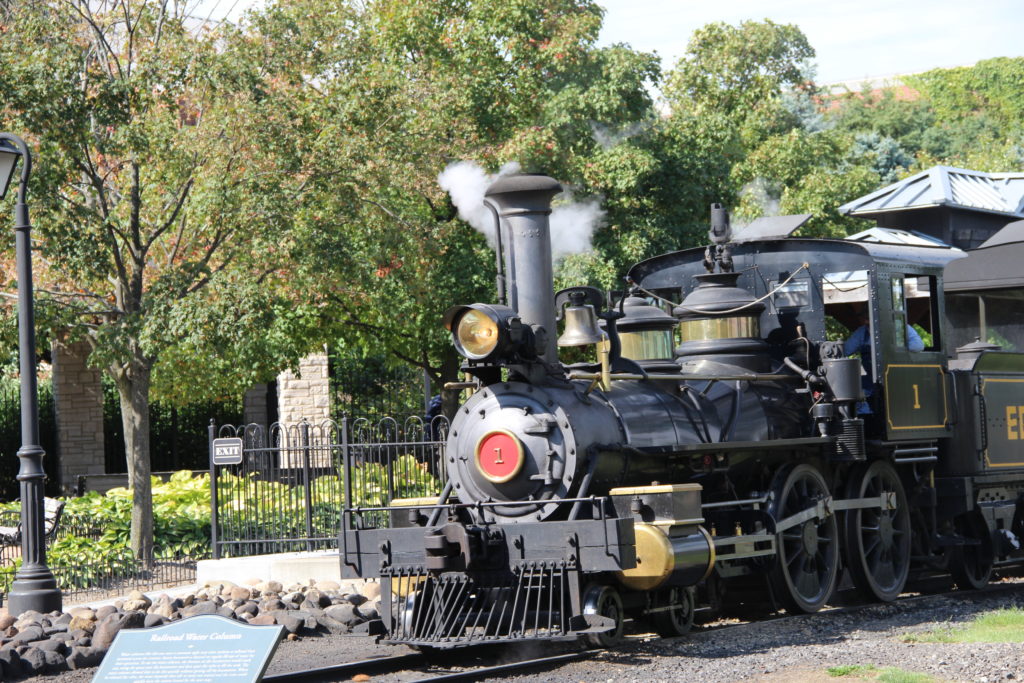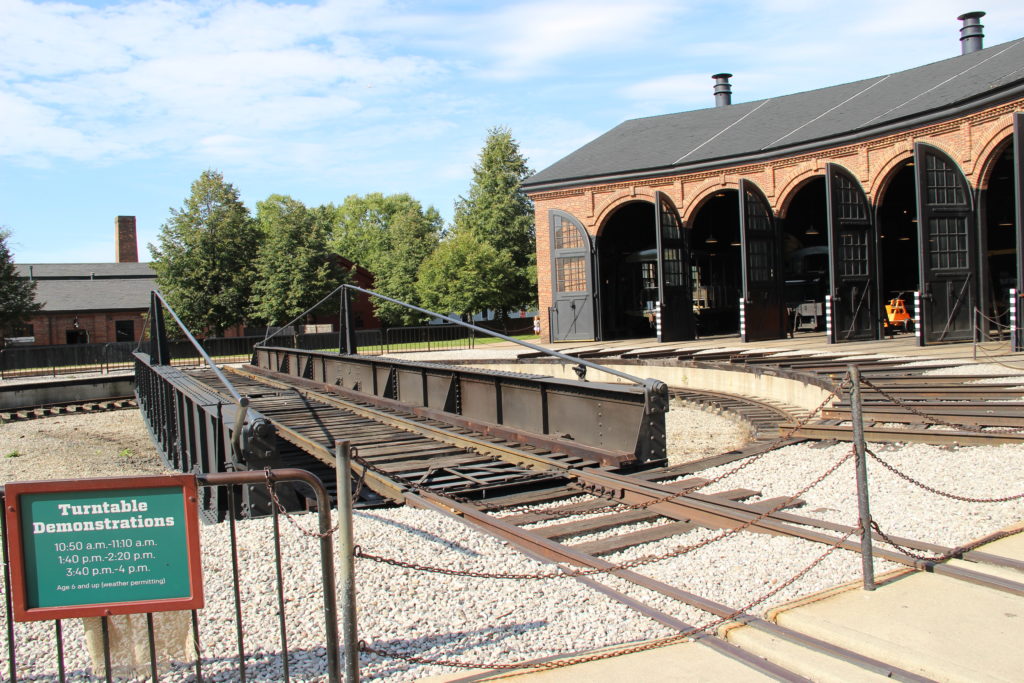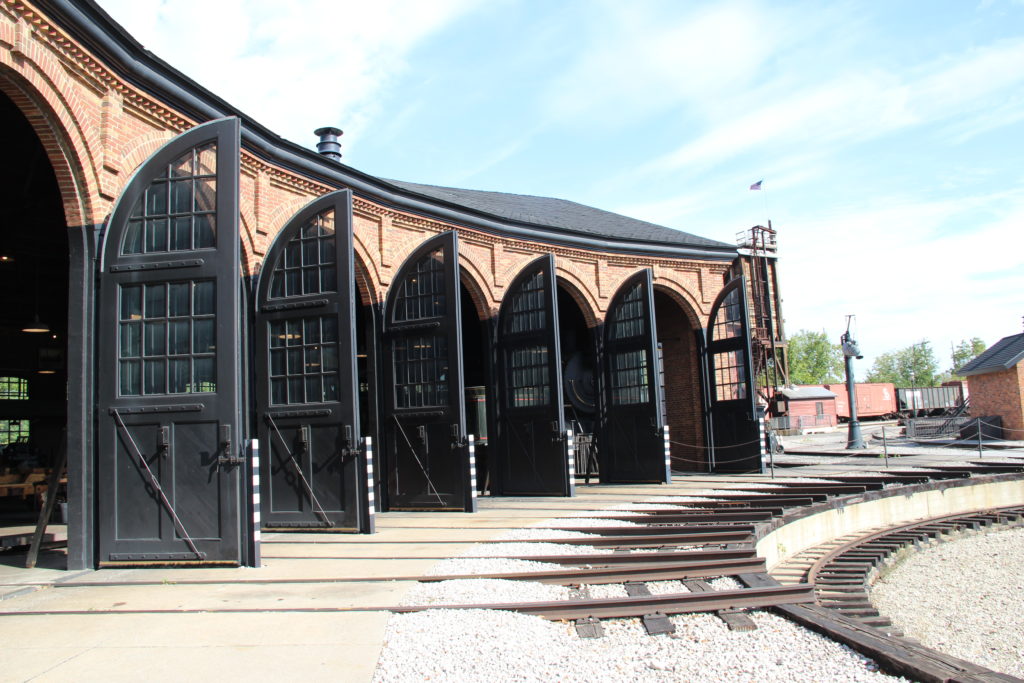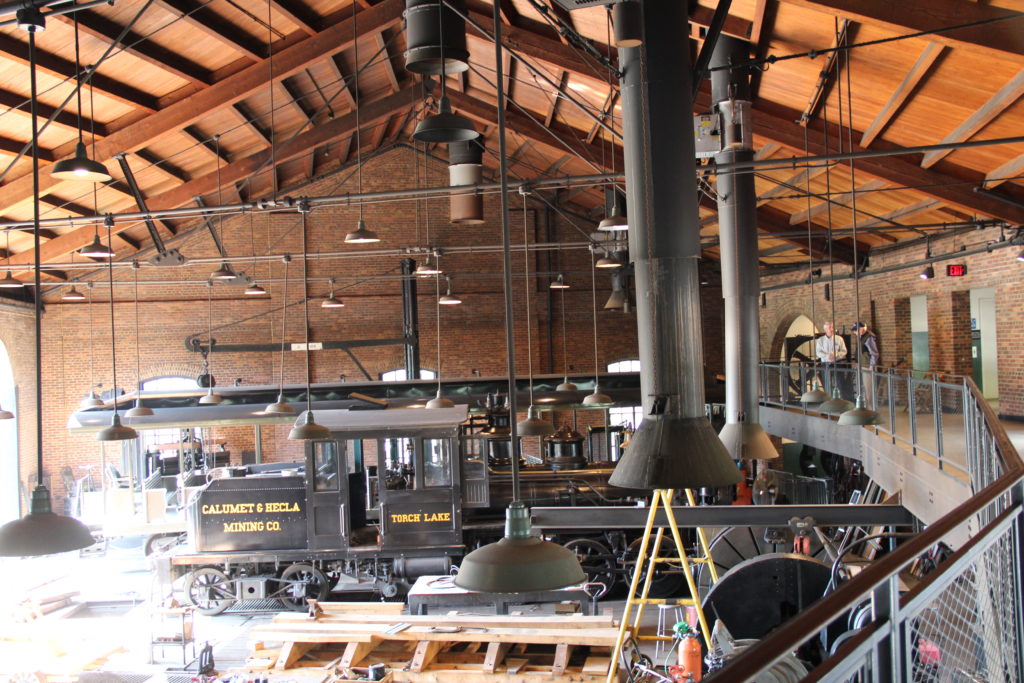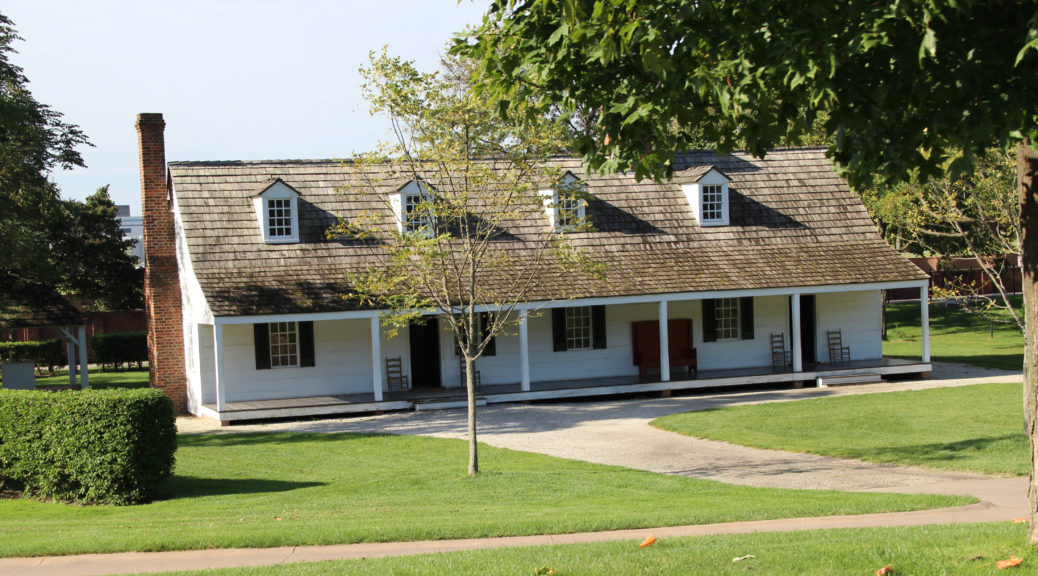
Greenfield Village
Greenfield Village is the “outside museum” of “The Henry Ford.”
Perhaps the best way to describe Greenfield Village is as Henry Ford’s collection of buildings – representing his heroes; his personal history; and the craft, industries, and homes that he felt both characterized the past and established a blueprint for the future.
The Henry Ford Official Guidebook
The picture above the title is a home typical of those on plantations. This one belonged to Henry J. Carroll, owner of the Susquehanna Plantation. The plantation, originally located in Maryland, was over 700 acres. Sixty-five slaves worked the farm. The house was restored to look as it probably did around the time of the Civil War.
One of the first things we did in Greenfield Village was to ride in a Model T. The one we rode was a reproduction, and according to our driver, cost about $250,000. The second picture shows the dashboard of the car. The silver “stick” on the right side of the steering wheel controls the flow of gas. The brake is a foot pedal. The box in the center of the dashboard is the electronic start.

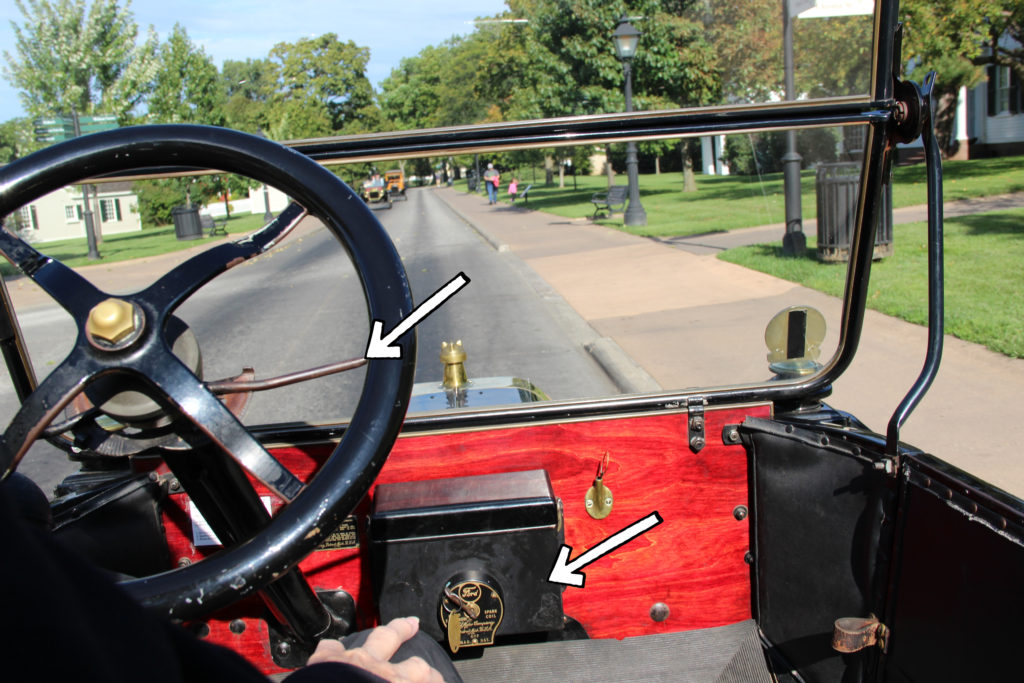
The first picture below is of the Logan County (Illinois) Courthouse. It is an example of a structure that Henry Ford thought should be restored and preserved. President Lincoln worked as a traveling lawyer in Illinois and sometimes practiced law in this courthouse between 1840 to 1847. The cases he tried were primarily civil, often land ownership cases. Lincoln actually built the corner cabinet which can be seen in the picture.
To Henry Ford, Abraham Lincoln embodied the ideals of the self-made man. Ford searched for a building to memorialize Lincoln’s accomplishments. When he learned of this neglected courthouse, Ford had it dismantled and reconstructed in Greenfield Village in time for the October 1929 (museum) dedication.
The Henry Ford Official Guidebook
Another building Ford had moved to Greenfield Village was the Sir John Bennett Shop, originally located in London, England. Bennett was a clock, watch and jewelry maker. The figures near the top of the tower strike bells that ring every 15 minutes, marking the passage time. At the very top of the tower is a dragon weather vane. After Henry Ford found out that the building was going to be demolished, he bought it and had parts of the building and the clock mechanism shipped to Dearborn and then had it reconstructed at Greenfield Village.

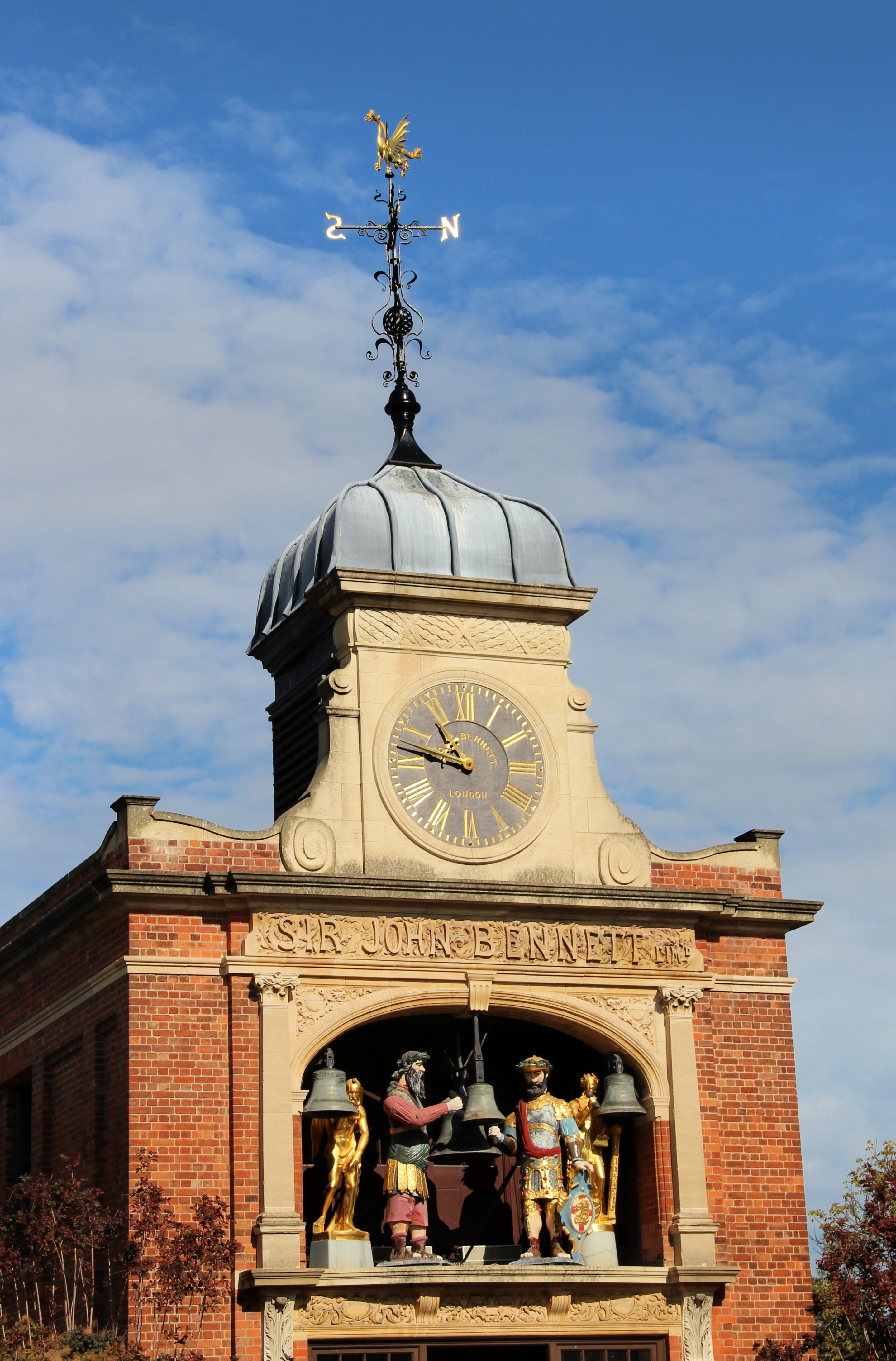
Thomas Edison was Henry Ford’s hero and you will find buildings devoted to Edison’s work at the Village. The first two pictures are replicas of the machine shop in Edison’s Menlo Park Complex. These buildings were built at Greenfield Village in 1929. It was in the Menlo Park Complex that many of Edison’s inventions were created. These include his phonograph and electrical lighting. Edison’s was the world’s first industrial research laboratory and served as a model for other research facilities. He recruited men with specific skills, secured financial backing and provided them with equipment and materials to transform his ideas into reality.
The last two pictures in this section are of Sarah Jordan’s Boarding House. Sarah Jordan was related to Thomas Edison’s first wife. The unmarried men who worked at the Machine Shop lived at the boarding house. The boarding house was built in 1870 and in 1879 it was one of three private residences wired with Edison’s electric lighting system.
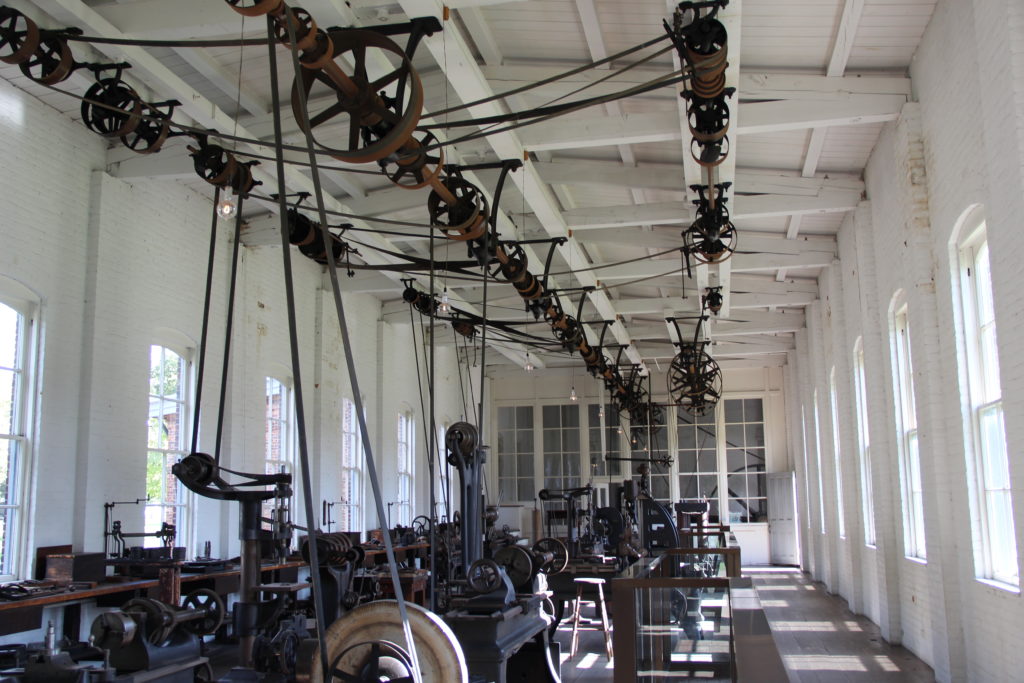
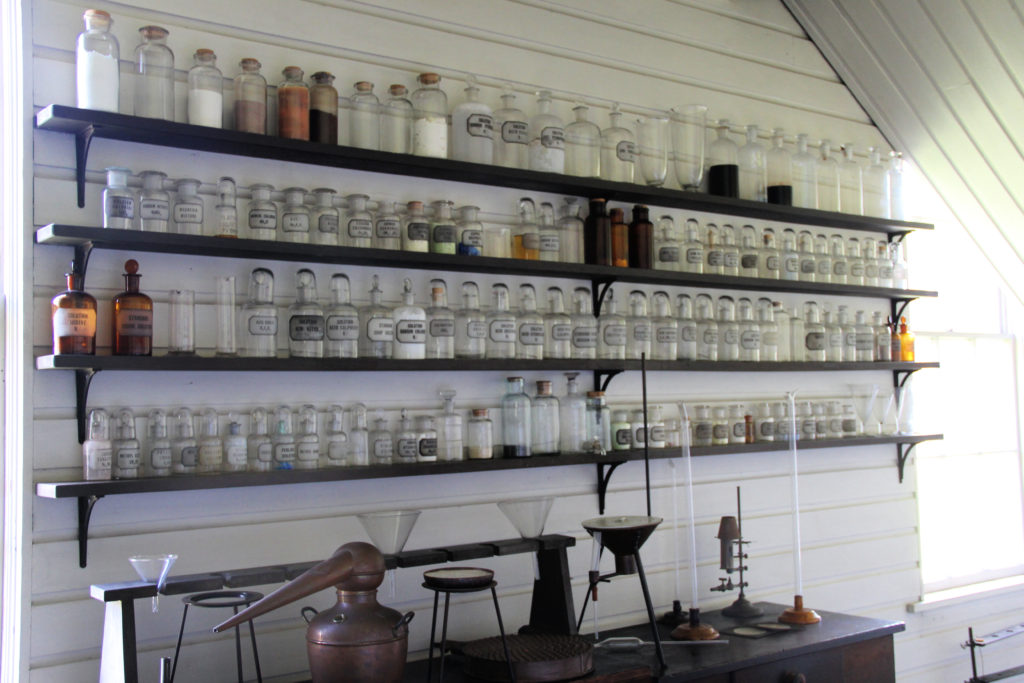
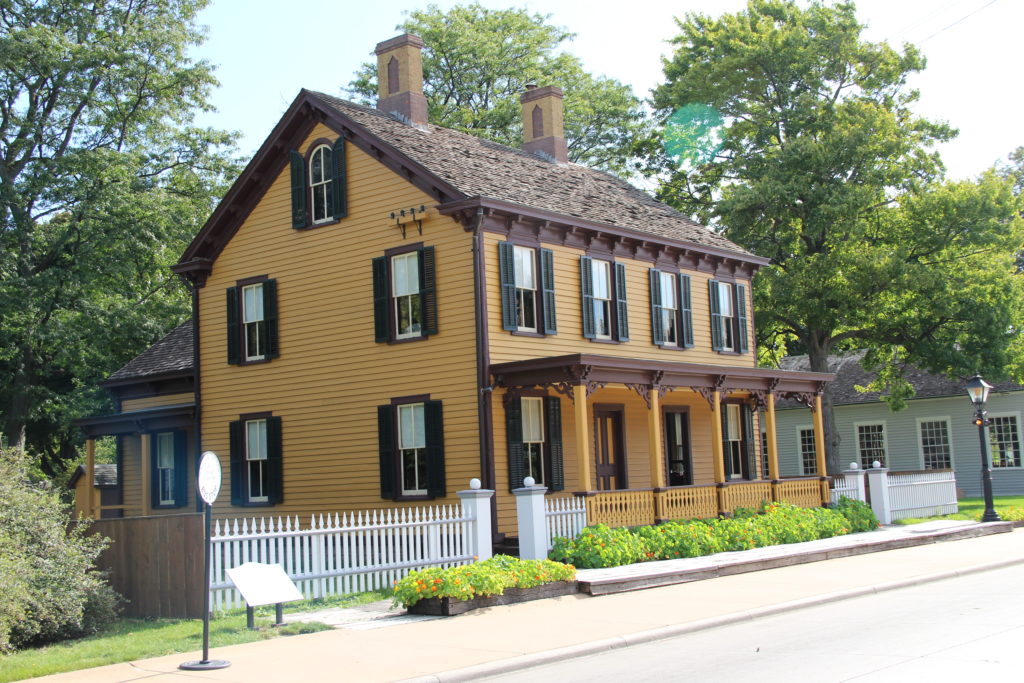
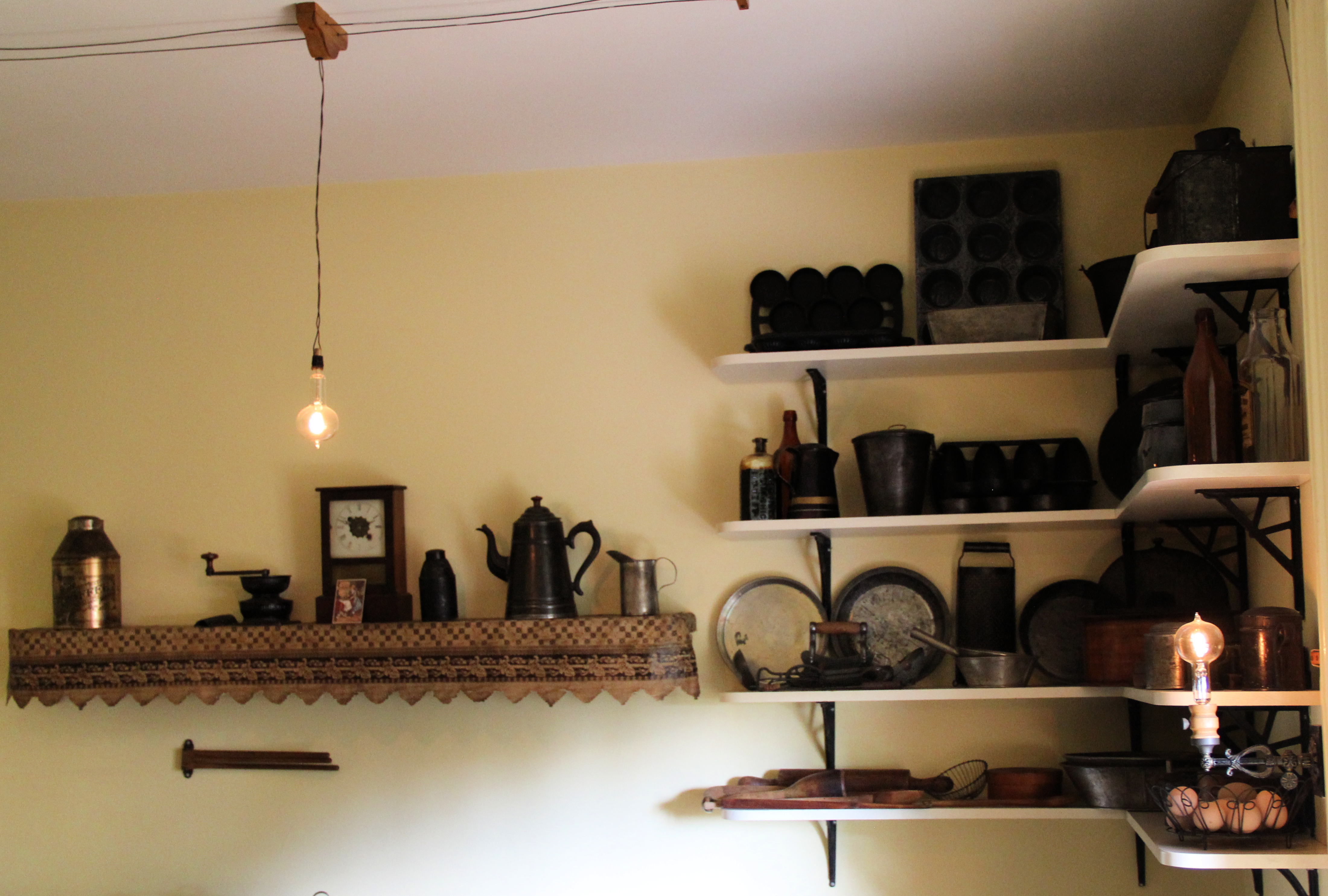
“Railroad Junction” at Greenfield Village was another exhibit we visited. The Edison locomotive, pictured immediately below, was one Henry Ford had commissioned. It is a reproduction of a Civil War-era locomotive that used some original parts that had been rebuilt and restored.
The remaining pictures are of the Detroit, Toledo & Milwaukee Roundhouse. The first picture is an original railroad turntable built in 1901. Its purpose is to move locomotives with a minimum of manual work. It was used in Petoskey, Michigan by the Pere Marquette Railroad.
The Roundhouse is actually used to maintain the locomotives at Greenfield Village. The Detroit, Toledo & Milwaukee Railroad constructed a roundhouse in Marshall, Michigan. It stayed in operation until the 1930s and then was abandoned. The Henry Ford staff salvaged some of the parts in the 1990s and incorporated them in a replica of the roundhouse. It opened in 2000. We were able to walk on the upper level (where the two men are standing in the last picture) and watch some of the work in progress.
We had to be back on our ship for lunch so did not have nearly enough time to fully appreciate the many exhibits at both the Henry Ford Museum of American Innovation and Greenfield Village. We would like to return on our own to more fully explore these museums.
